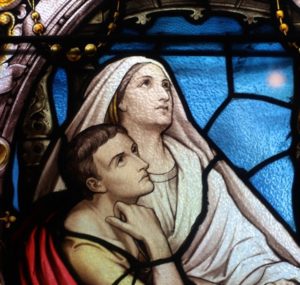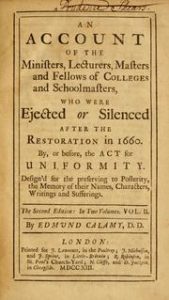
526
Death of an Arian king
The last Roman emperor in the West was deposed in 476 by a barbarian warlord named Odoacer who sent the imperial regalia to the Eastern emperor at Constantinople and who pretended to rule Italy on his behalf. The German tribes who had poured into and overrun the West in the 400s had no desire to end Roman civilization, only to be parasites on it. As the West was divided into petty kingdoms by the various barbarian groups, it often served their rulers’ interest to be seen by the conquered populace as viceroys of the empire and continuers of civilization. Other barbarian princes served as generals in a Roman army, fighting against other Germans.
One such Ostrogothic lord was Theoderic (b. 454) who had been a political hostage in Constantinople and had soldiered for the eastern emperor. In 489 Emperor Zeno sent him against Odoacer who had been conspiring with his enemies. Odoacer was defeated and forced to accept Theoderic as co-ruler but, at the banquet to celebrate this pact, Theoderic murdered him and assumed sole rulership of Italy, still maintaining the fiction that he was governing on behalf of the Empire. The coin above shows Theoderic in a Roman cloak and armour but with an unmistakably barbarian moustache.
From his capital in Ravenna in northeastern Italy, Theoderic ruled the peninsula well in what was, essentially, a protection racket. In return for a third of the wealth, his Ostrogoths kept the peace, put down banditry, and deterred other barbarian incursions. The illiterate Goths could not run the machinery of government and civilization themselves; for that they relied on the old Roman senatorial elite. They ran his civil service, collected his taxes, made sure the harbours were dredged and the roads maintained. Though Theoderic and his tribe were Arian Christians, unlike the majority of the populace which was Catholic, the alliance between Germans and Romans operated smoothly for years. The inhabitants of Italy were at least as well off as they had been under the later western emperors. However, in his old age Theoderic began to suspect (and he may have been right) that his Roman civil service was seeking to undermine him and bring in the rule of Constantinople. He arrested his chief minister Boethius and had him murdered in prison. (It was during his time in the dungeon that Boethius wrote his masterwork The Consolation of Philosophy). His policy of religious toleration also eroded in his last years as he tried to cement alliances with other Arian tribes and secure the succession for his family.
Tragically, it all crumbled at his death in 526. His heir, an infant grandson, was not accepted by his warrior class and civil war broke out among the Ostrogoths. Emperor Justinian in Constantinople used this as an excuse to intervene and roll back a century of barbarian occupation of the West. The resulting Gothic Wars devastated Italy and virtually destroyed civilization there, leaving it prey for the next wave of barbarians, the Lombards.
Had been Theoderic’s successor been able to continue his policies, the Dark Ages that followed might not have been so dark.










